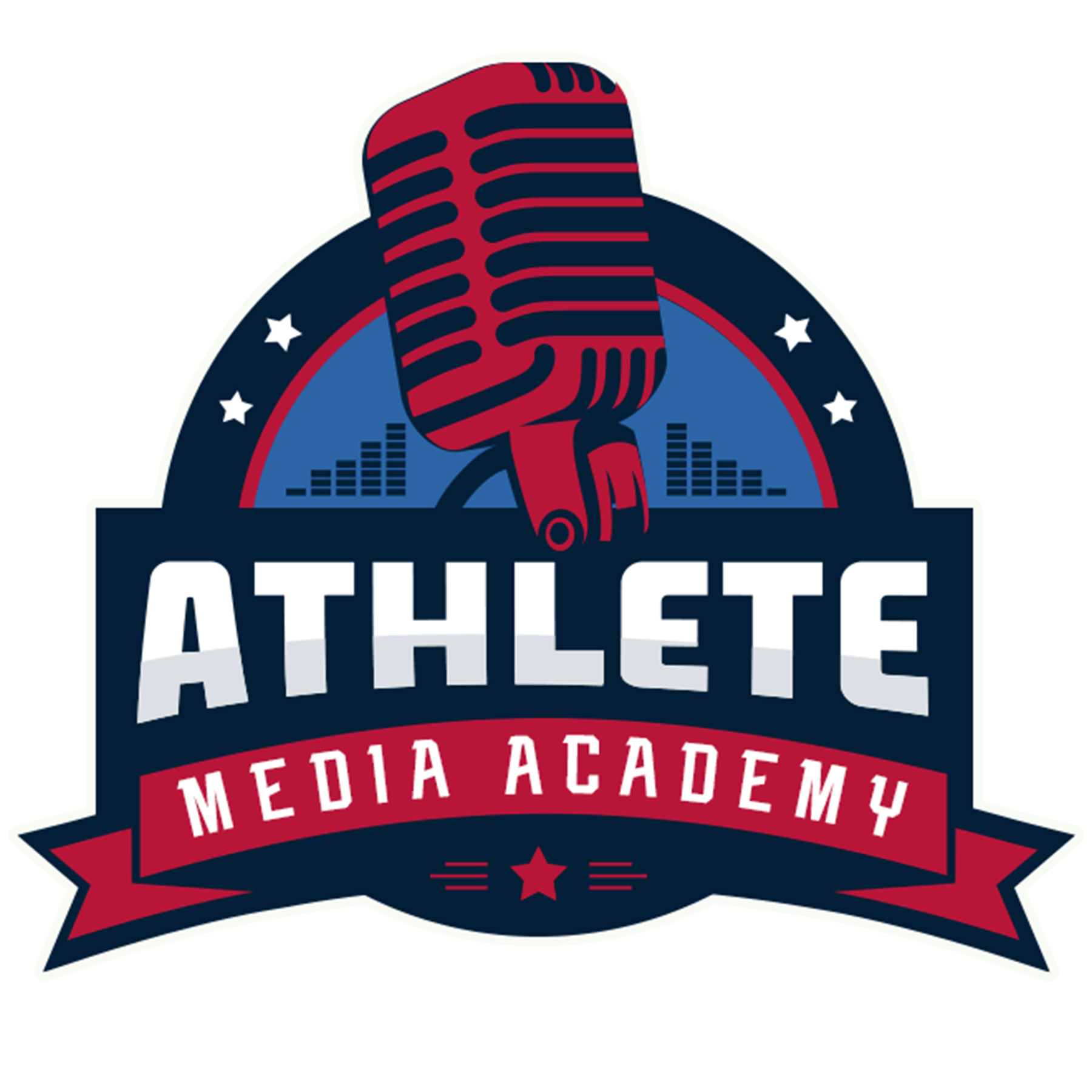Lesson 2: Strategies for Handling Negative Press
Lesson Overview
Negative press can be damaging to an athlete’s reputation, career opportunities, and mental well-being. How an athlete responds to media criticism and public scrutiny can either escalate or diffuse a situation. This lesson will provide strategies for handling negative press effectively, controlling the narrative, and minimizing long-term damage.
Learning Objectives
By the end of this lesson, athletes will be able to:
✅ Recognize different types of negative press and media criticism.
✅ Identify key response strategies to manage and neutralize negative coverage.
✅ Develop a plan for proactively shaping public perception.
✅ Understand the importance of maintaining composure and professionalism.
Section 1: Types of Negative Press
Athletes may face various forms of negative media coverage, including:
✔️ Performance Criticism: Negative analysis of on-field performance, effort, or decision-making.
✔️ Personal Conduct Scrutiny: Stories related to off-the-field behavior, social media activity, or personal relationships.
✔️ Controversial Statements: Misinterpreted or controversial public comments.
✔️ Legal Issues & Scandals: Coverage of legal troubles, contract disputes, or policy violations.
✔️ Social Media Backlash: Viral criticism from fans, influencers, or journalists.
🔹 Discussion: What recent examples of negative press have affected athletes? How were they handled?
Section 2: Key Strategies for Handling Negative Press
✔️ Stay Calm & Avoid Reacting Emotionally: A measured, strategic response prevents escalation.
✔️ Acknowledge When Necessary, But Do Not Overexplain: If a response is warranted, address the issue concisely and professionally.
✔️ Use Official Channels to Communicate: Press releases, interviews, and social media posts should reflect a consistent message.
✔️ Control the Narrative: Redirect focus to key messages, values, and positive contributions.
✔️ Avoid Engaging in Online Arguments: Responding directly to critics can prolong and amplify negative coverage.
✔️ Seek Professional Guidance: PR teams and media professionals can help craft effective responses.
🔹 Activity: Review an athlete’s public response to negative press. What strategies were effective? What could have been improved?
Section 3: Proactive Reputation Management
The best way to handle negative press is to minimize risks and proactively manage an athlete’s brand.
✔️ Consistent Media Training: Preparing for interviews and public appearances reduces the risk of missteps.
✔️ Thoughtful Social Media Use: Posting with intention and avoiding reactionary statements prevents unnecessary controversy.
✔️ Positive Media Engagement: Providing journalists with positive stories and insights can shift focus away from controversy.
✔️ Strong Support Network: Advisors, PR teams, and mentors help athletes navigate challenging media situations.
✔️ Building Goodwill: Engaging in charitable work, mentorship, and positive public relations efforts can strengthen an athlete’s reputation.
🔹 Exercise: Draft a response to a hypothetical negative media article. Consider tone, key messages, and method of communication.
Final Takeaways & Next Steps
✔️ Final Activity: Athletes create a media response plan outlining how they would handle different types of negative press.
✔️ Key Takeaway: Managing negative press strategically can protect an athlete’s reputation and career longevity.
✅ Next Steps:
- Identify personal strategies for maintaining composure in high-pressure media situations.
- Develop a list of trusted advisors or PR professionals to consult when handling media crises.
- Monitor public sentiment and adjust communication strategies accordingly.

